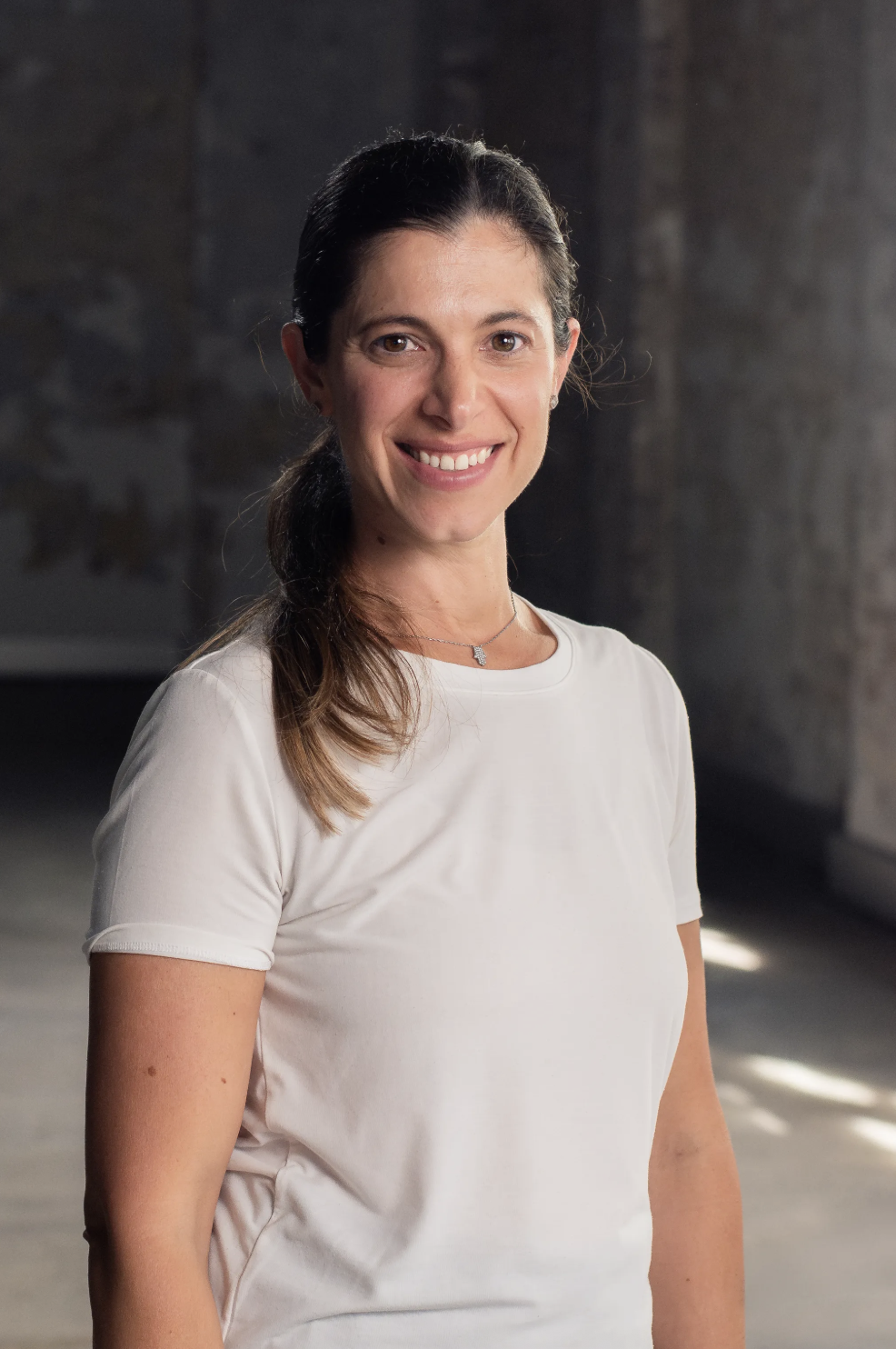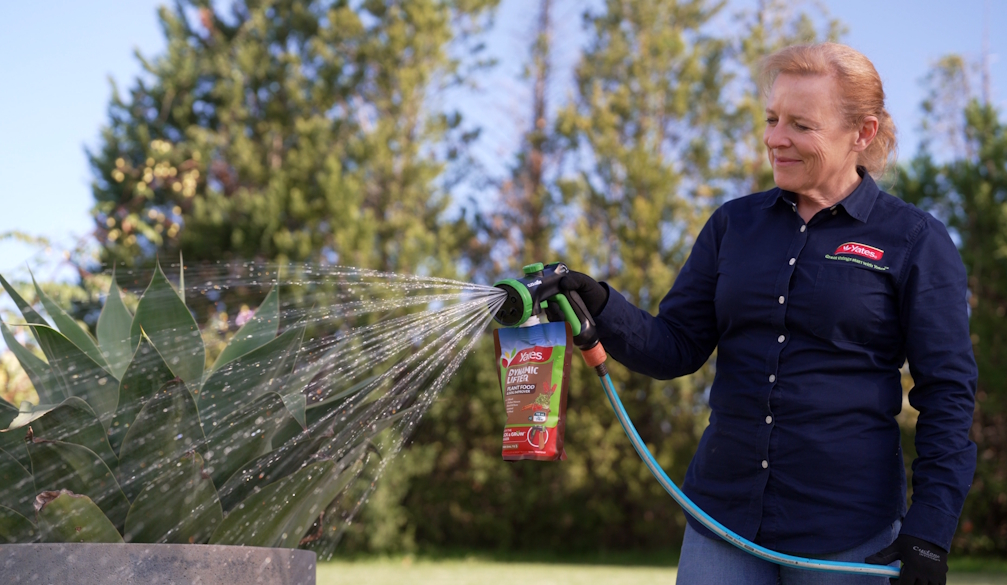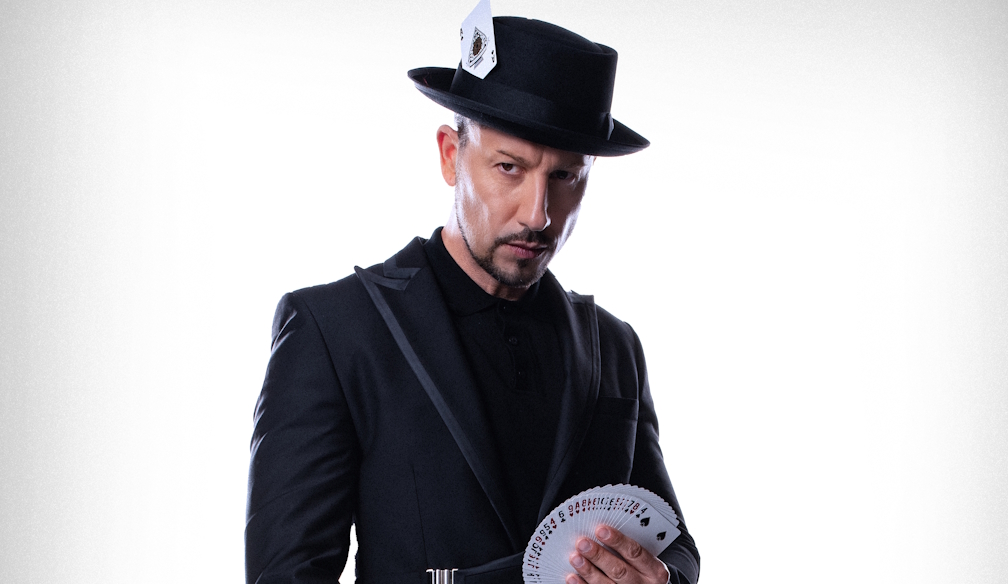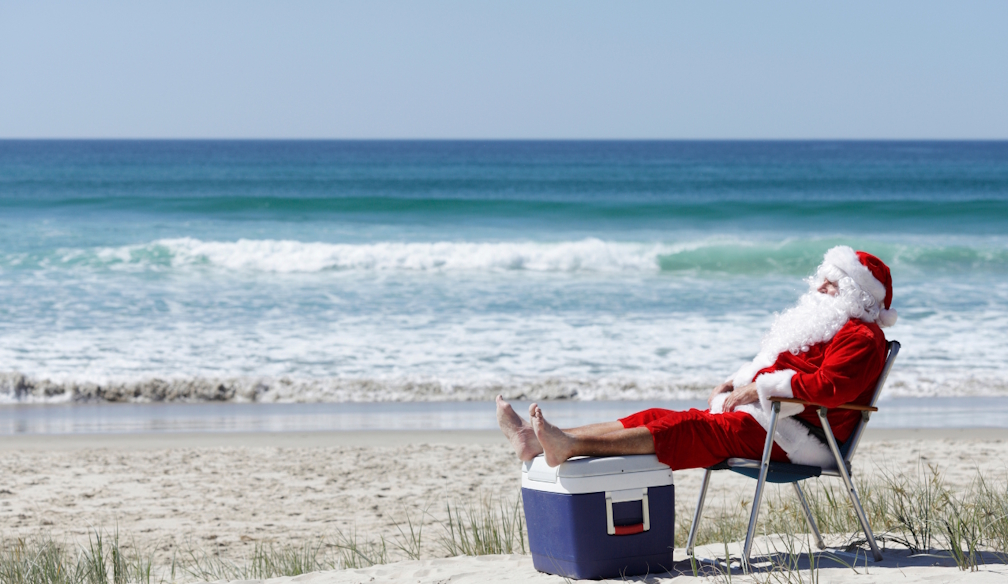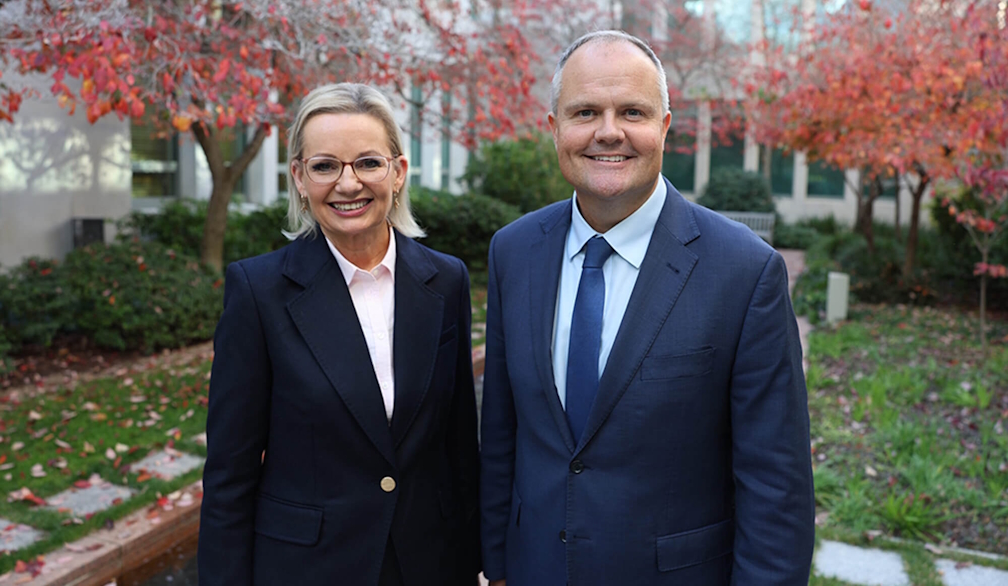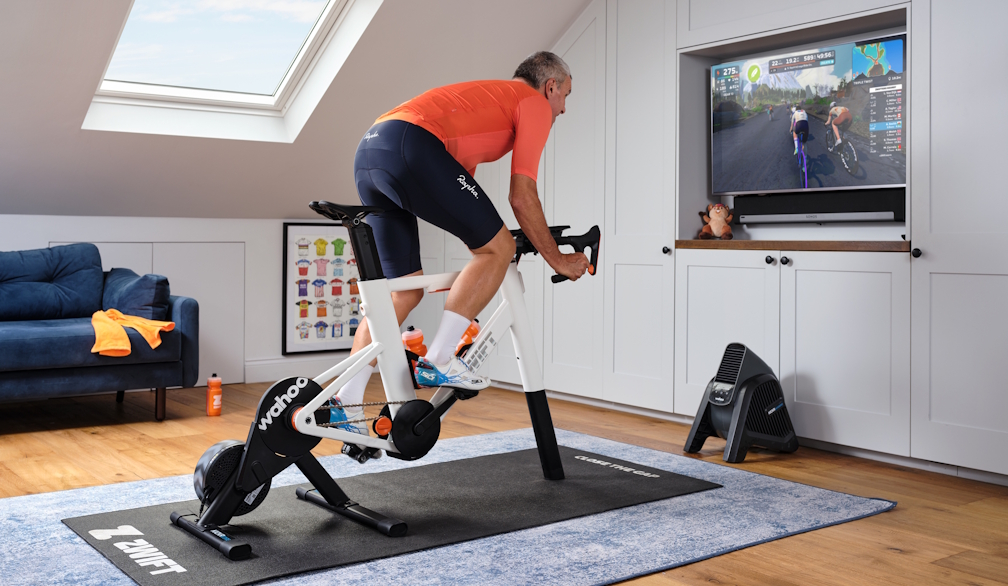When 41 year old Enrique Suana first tried jogging, he couldn’t manage more than 100 metres without feeling short of breath. Carrying extra weight and living a sedentary lifestyle, running seemed out of reach.
Fast forward a decade and Enrique has not only shed the kilos but now runs some of the world’s most iconic marathons, including Sydney, Melbourne and Boston. He also volunteers as a pacer, helping others achieve their personal best, and even guides vision-impaired runners across the finish line.
“I never thought I’d be a runner,” Enrique says. “But step by step, running gave me back my health, my confidence and a new community.”
Enrique’s story is one example of how the growing couch to marathon movement is sweeping Australia. Health experts say more Aussies than ever are lacing up their shoes. More than 3.48 million now run or jog each year, while Parkrun has clocked its one millionth participant.
But while enthusiasm is high, Mosh Exercise Physiologist Gaby Wolf warns beginners need to start small to avoid injury.
“Running can feel overwhelming if you’re sedentary or carrying extra weight,” Wolf says. “But even tiny actions - like walking around the house while the kettle boils or doing squats at the sink are enough to get started.”
Wolf emphasises that exercise doesn’t require expensive gear or an immediate goal of finishing a marathon. Instead, she recommends breaking activity into manageable steps and finding ways to build movement into daily life.
“I often ask people to think: what can I achieve today, and what can I achieve this week? For some, that might mean walking for 10 minutes, and for others it could be alternating two minutes of brisk walking with 60 seconds of jogging,” she says.
“The gradual approach allows the body to adapt, strengthening joints and muscles while lowering the risk of injury. Over time, those short intervals can grow into longer runs.”
“Importantly the benefits go far beyond weight loss. Regular movement supports heart health, lowers blood pressure, boosts mood and improves confidence.”
“Australia’s national guidelines recommend 150 minutes of aerobic activity a week, plus two strength sessions,” she says. “But many don’t realise it can be broken down into smaller chunks - 10 to 15 minutes at a time still counts. The best program is the one you can stick with.”
For Enrique, sticking with it has transformed his life. This weekend he’s running the Bridge to Brisbane fun run, a personal favourite of his on the running calendar. “I went from being the guy who couldn’t jog 100 metres to someone who now helps others cross the finish line,” he says. “If I can do it, anyone can.”
Five Beginner Running Tips
From Mosh Exercise Physiologist Gaby Wolf
Start small - Walk around the house while the kettle boils or do squats at the sink. Every step counts. Mix it up - Alternate brisk walking with 45-60 seconds of jogging. Gradual intervals helps your body adapt. Listen to your body - Soreness is normal, but sharp pain is a warning sign. Rest and recover as needed. Forget the gear - You don’t need fancy running shoes or clothes to start. Comfort and consistency matter most. Think beyond weight loss - Running boosts heart health, lowers blood pressure and improves mood and confidence.